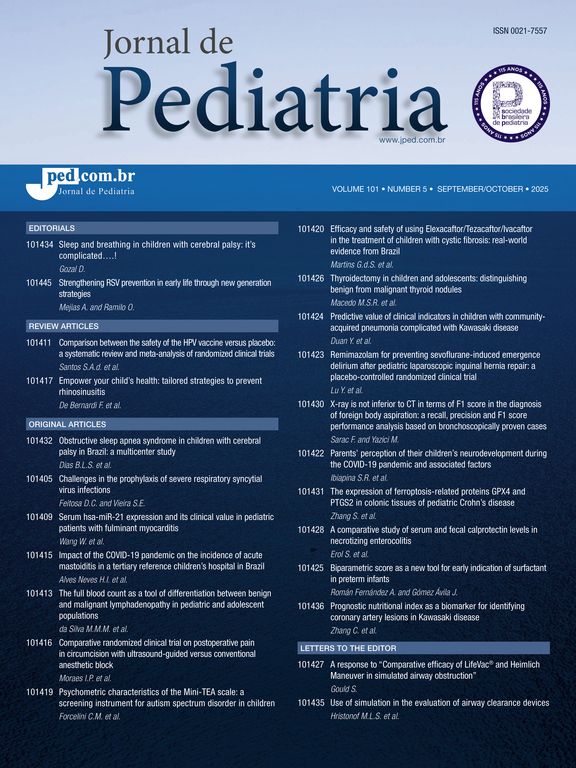A prospective study of acute diarrhoeal diseases was carried out from April 1990 to September 1992 with the purpose of assessing the immunogenicity, safety and efficacy of a Rhesushuman reassortant rotavirus (-RRV-TV-) vaccine, involving 540 children living in Belém, Pará, Brazil. As half of the children received placebo, this trial provided the opportunity of broadening the knowledge on both clinical and epidemiological aspects of rotavirus infection in the Amazon region. There were 2,789 diarrhoeal episodes during the above mentioned period, of which 86 (3,1%) associated with rotavirus; serotype 1 was the more prevalent, accounting for 67,9% of serotyped strains. Rates of 5,9 and 0,2 episodes of diarrhoea per child/ year were noted for all cases and the rotavirus-related ones, respectively. This agent was the only pathogen found in 70,9% of the 86 rotavirus-related episodes of acute diarrhoea, whereas the most frequent associations involved Giardia intestinalis and enteropathogenic Escherichia coli, accounting for 7,0% and 11,6% of mixed infections, respectively. The monthly rates of rotavirus-related episodes of diarrhoea ranged from 0,8% to 9,6%, reaching the highest peaks during the dry months of the year. Means of clinical severity scores of 9,4 and 5,3 were recorded for the rotavirusrelated episodes of diarrhoea and those of other aetiology, respectively.
The Impact Factor measures the average number of citations received in a particular year by papers published in the journal during the two preceding years.
© Clarivate Analytics, Journal Citation Reports 2025
SRJ is a prestige metric based on the idea that not all citations are the same. SJR uses a similar algorithm as the Google page rank; it provides a quantitative and qualitative measure of the journal's impact.
See moreSNIP measures contextual citation impact by wighting citations based on the total number of citations in a subject field.
See more







